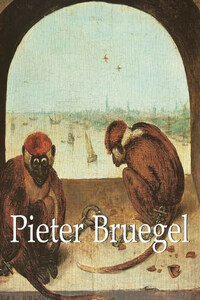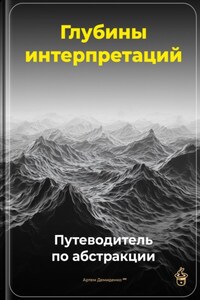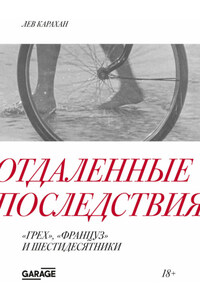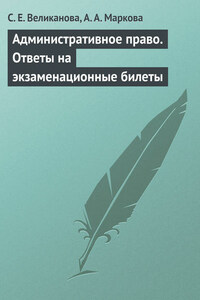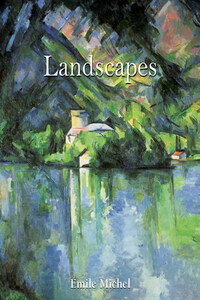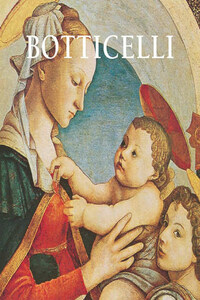© Confidential Concepts, worldwide, USA
© Parkstone Press International, New York, USA
Image-Bar www.image-bar.com
![]()
Joannes and Lucas van Doetecum (after Pieter Bruegel the Elder)
Magdalena Poenitens
c. 1553-1556
Etching for the series Large Landscapes, 32.3 × 43 cm
British Museum, London
1525: The exact year of Pieter Bruegel the Elder’s birth is unknown; it is likely to have been between 1525 and 1530. The whereabouts of his birthplace are just as uncertain, although it was probably Breda, in the province of North Brabant.
1545-1550: Until 1550, Bruegel is thought to have been an apprentice under Pieter Coecke van Aelst in Antwerp.
1550: Bruegel assists with a triptych (whereabouts unknown) commissioned by the Mechlin Glovemakers Guild.
1551: “Peeter Brueghels” is registered as a master with the Antwerp artists’ guild, the Guild of Saint Luke.
1552: He travels to Italy, passing through Lyon on the way and returning across the Swiss Alps. In Rome, he is believed to have worked with the miniaturist Ginlio Clovio.
1556: He works at the workshop of Hieronymus Cock in Antwerp, making designs for engravings. Big Fish Eat Little Fish and The Ass in the School are two of his prints copied as engravings in this year.
1557: Series of seven engravings entitled The Seven Deadly Sins.
1559: He follows this with a series of seven engravings with the Virtues. Bruegel paints The Fight between Carnival and Lent.
1562: He paints, amongst other works, The Fall of Rebel Angels and The Suicide of Saul. He probably travels to Amsterdam before settling in Brussels.
1563: He marries Mayken Coecke, the daughter of his old master Pieter Coecke.
1564: Birth of his first son, Pieter Brueghel the Younger, (later known as “Hell” Brueghel).
1565: Completion of a series of paintings depicting the months or seasons.
1568: Birth of his second son, Jan Brueghel the Elder (later known as “Velvet” Brueghel). In this year, Bruegel paints The Magpie on the Gibbet, The Beggars, and The Tempest.
1569: He probably died on 5 September; he is buried in the Church of Notre-Dame-de-la-Chapelle in Brussels.
There is hardly a master whose works and life are more interesting than those of Pieter Bruegel. The first in a long line of painters, he was the founder of one of many Flemish families in which artistic talent seems to have been hereditary, for instance, the Van Eycks, the Matsys, the Van Orleys, the Pourbus, the Van Cleves, the Coxies, the Keys, the De Vos, and, later, the Teniers.
The Fall of Icarus
c. 1555-1560
Oil on canvas, 73.5 × 112 cm
Königliche Museen der Schönen Künste, Brussels
Having his roots in a line of old Flemish stock, this singular and original artist and thinker drew all of his energy from his native soil and produced a vigorous family tree that sprouted in many directions.
Big Fish Eat Little Fish
1556
Pen and ink drawing in grey and black ink, 21.6 × 30.7 cm
Graphische Sammlung, Albertina, Vienna
One example was his equally renowned son Jan, who is well known by his epithet ‘Velvet Brueghel’, a painter whose exceptional talent contrasted strikingly with that of his father. Through the work of these two markedly different masters, we have the opportunity to follow the different phases of Flemish art during a period when its constitution and aims were undergoing profound change.
The Ass in the School
1556
Pen and Indian ink, 23.2 × 30.2 cm
Staatliche Museen, Kupferstichkabinett, Berlin
The Century of Pieter Bruegel the Elder
Bruegel’s work constitutes a definitive illustration for the most scholarly of historical treatises of this period. He succeeded in capturing the souls of his models in his figure of a dancing peasant or at a delicious feast with a few figures seated around a table. Even in their paintings of gentle fire-lit interiors, the old masters always included a window that opened onto the landscape that showed details of contemporary daily life.
Pride from the series Seven Deadly Sins
1557
Pen and brown ink, 22.9 × 30 cm
Institut néerlandais, Fondation Custodia, F. Lugt Collection, Paris
Pieter Bruegel brought these tiny realist compositions to the foreground, designing them to bring the viewer’s sentiment closer to the already poignant scenes of Christ’s Passion. This became the subject upon which Bruegel, with his jolly and satirical Flemish verve, exerted his keen sense of observation, and his marvellous gift for capturing the burlesque or tragic nature of the masses.
Elck or Everyman
1558
Pen and brown ink, 21 × 29.3 cm
British Museum, London
When considered from another point of view, it is tempting to define Bruegel, as Van Mander does, as a painter of the peasantry, for it is true that he produced a great number of pastoral scenes. In particular, Bruegel studied the morals of rural life and seems to have been attracted to his subjects through a secret sympathy and certain affinity for their thinking and sentiments which were born out of his own common origins.
The Alchemist
1558
Pen and brown ink, 30.8 × 45.3 cm
Staatliche Museen, Kupferstichkabinett, Berlin
